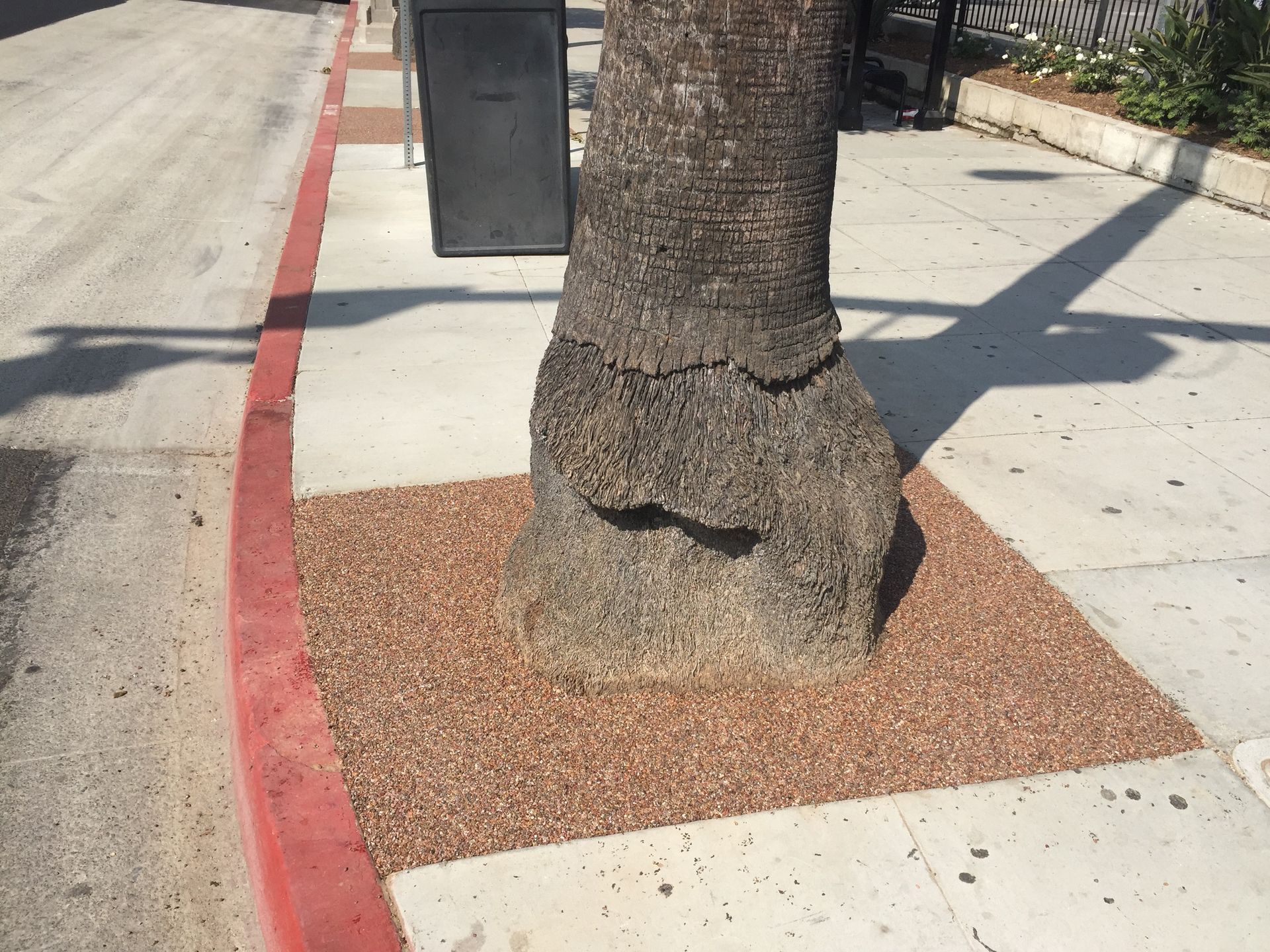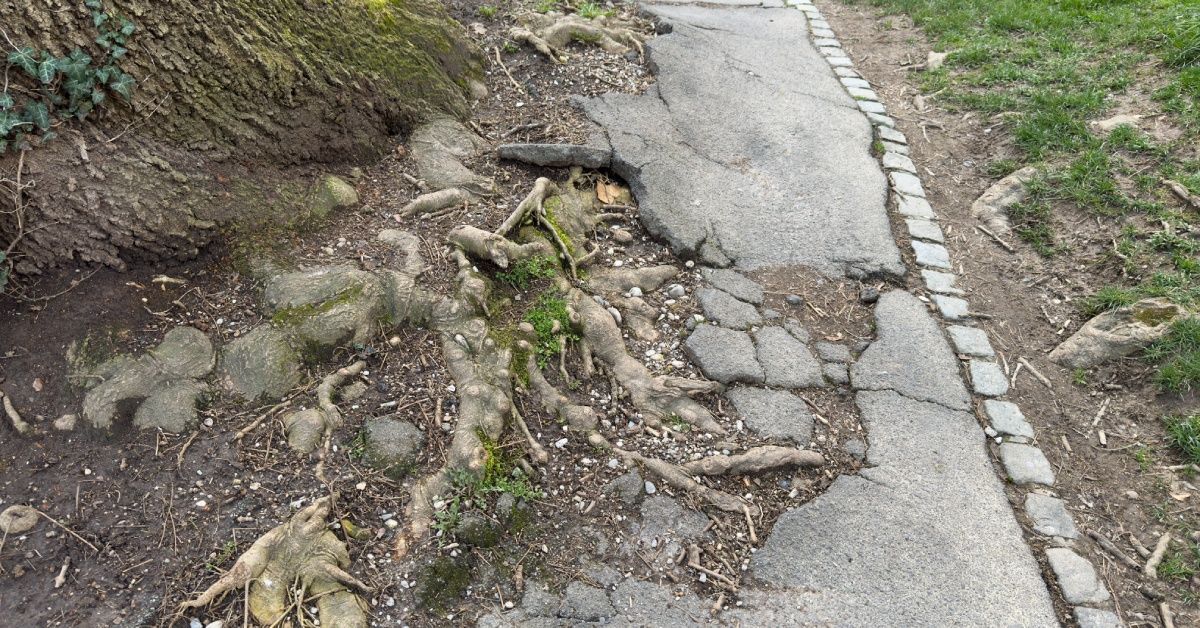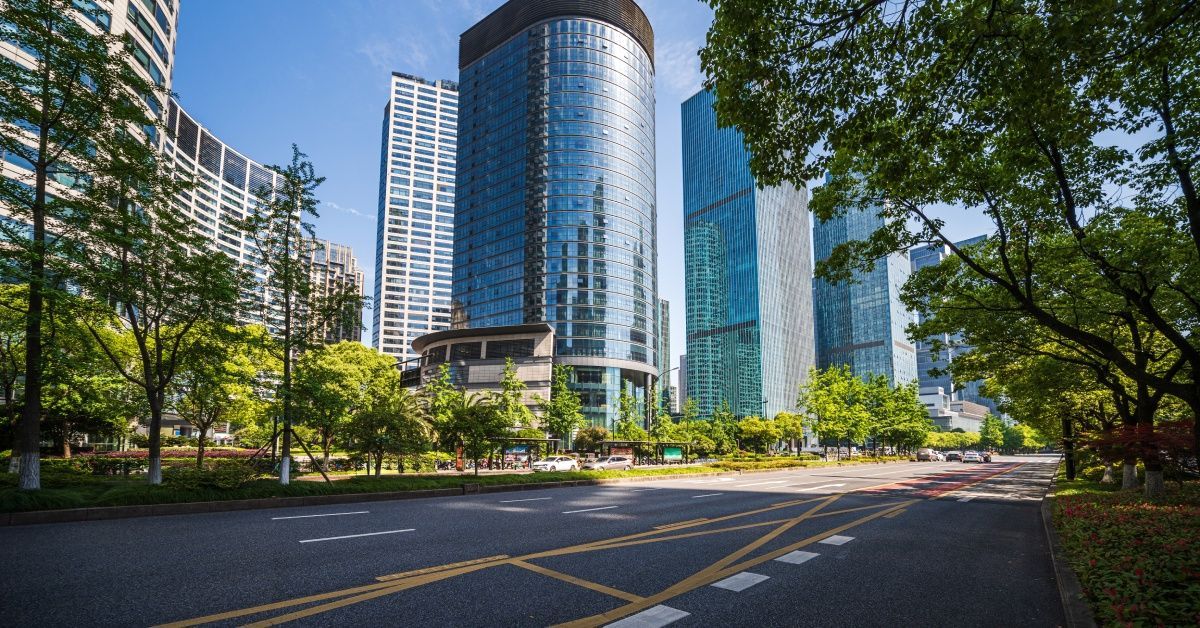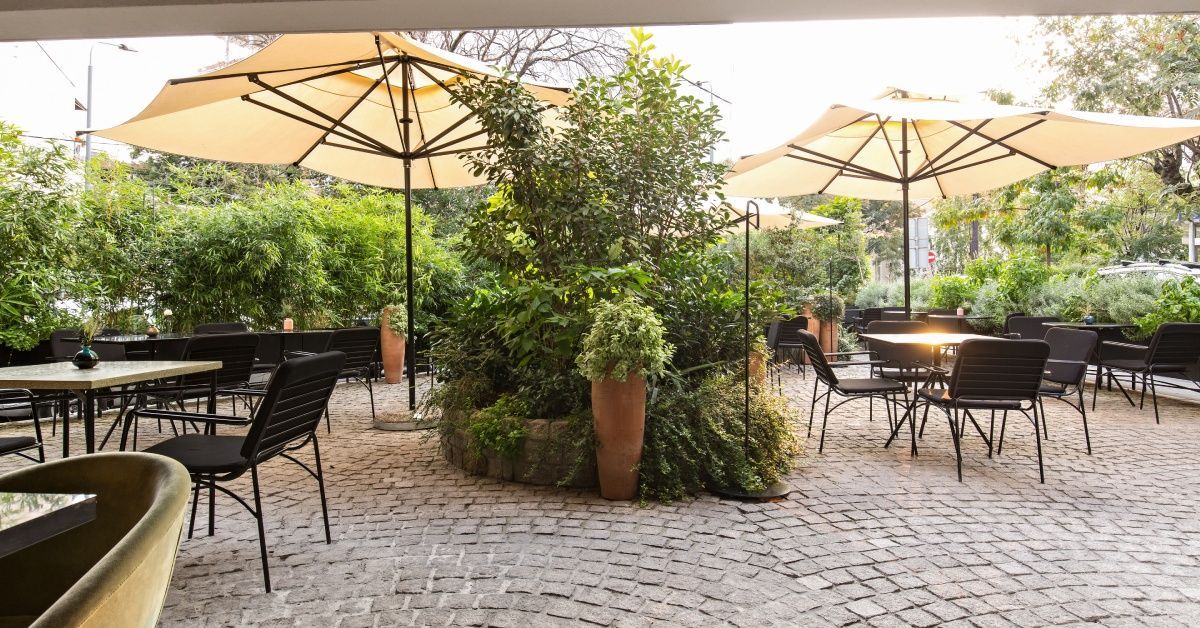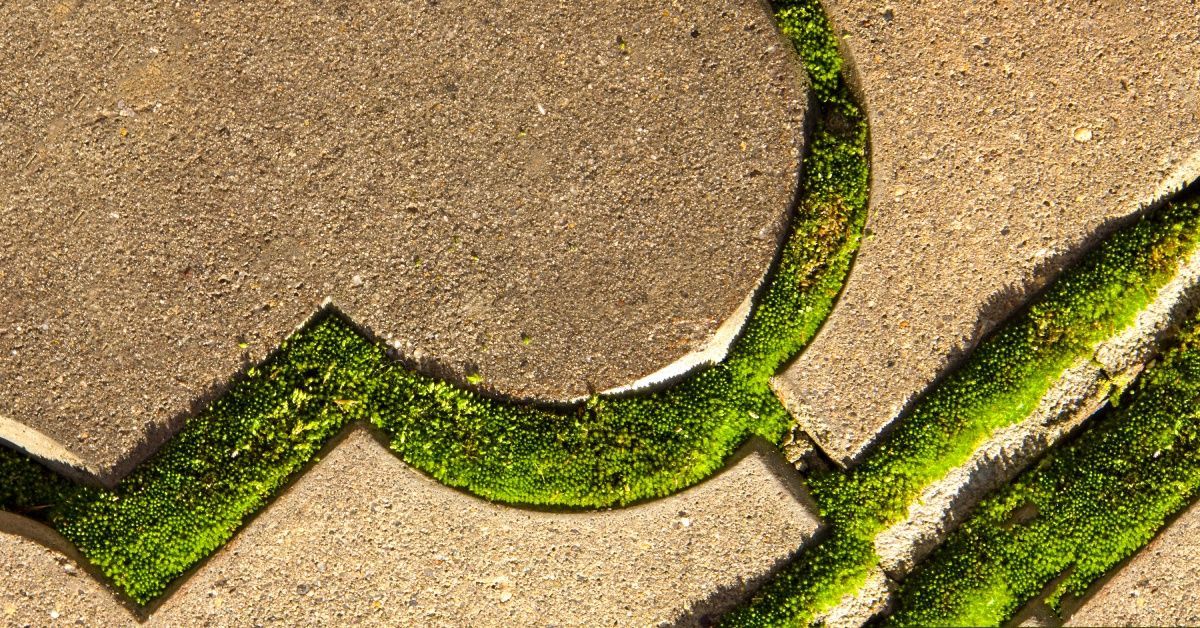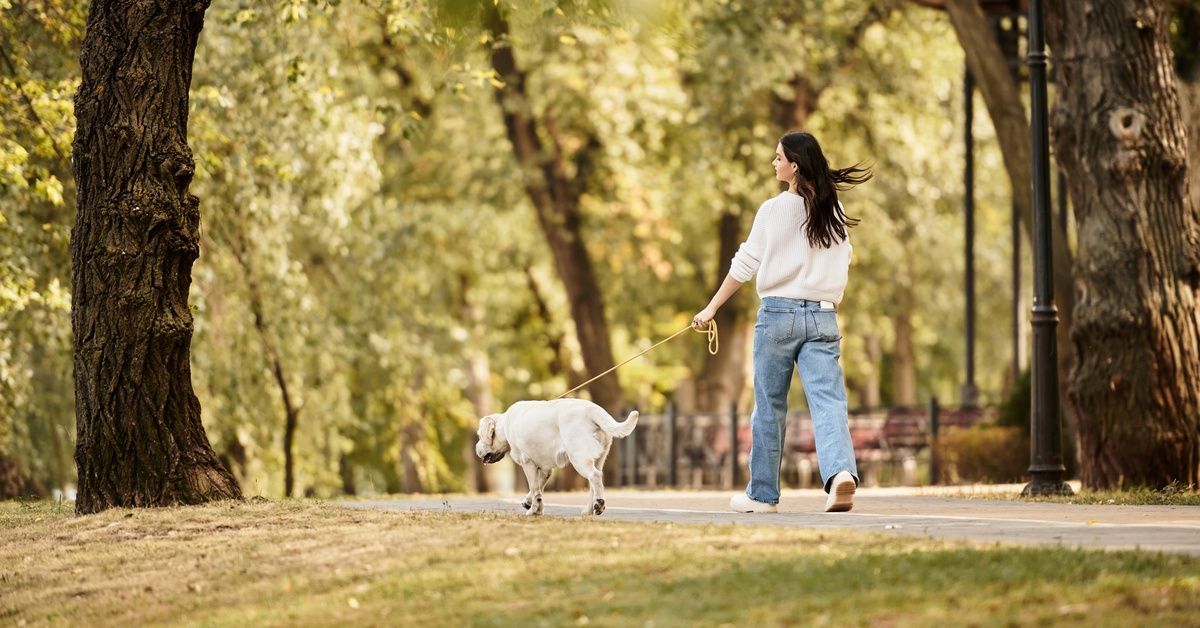The Role of Permeable Paving in Sustainable Drainage Systems
Urban areas often struggle to effectively manage stormwater while reducing environmental harm. Traditional drainage systems fail to prevent flooding, water pollution, and loss of groundwater recharge. Sustainable Drainage Systems (SuDS) address these challenges by mimicking natural water processes in developed landscapes.
Among their many components, permeable paving serves an important role in sustainable drainage systems because of their practical, innovative approach. Permeable paving helps reduce surface runoff, replenish groundwater, and improve water quality. They’re an essential solution for architects and engineers designing resilient urban spaces.
Here, we’ll explain the basics of SuDS, how permeable paving works, and its benefits. We'll also provide practical tips for implementation to address urban water challenges.
What Are Sustainable Drainage Systems?
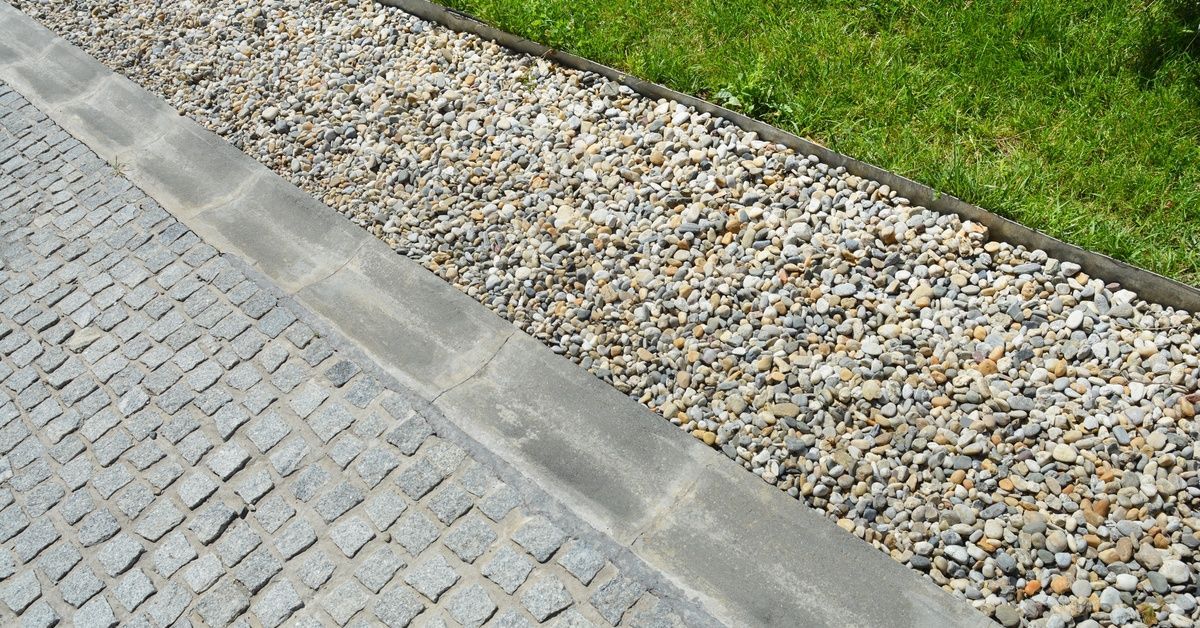
Sustainable Drainage Systems manage surface water to prevent flooding and minimize water pollution. Instead of relying on conventional drainage infrastructure, SuDS use natural processes such as water infiltration, storage, and treatment to promote sustainability in urban settings.
Purpose of SuDS
SuDS primarily handle stormwater to minimize ecological disruption. They retain and filter water by allowing it to percolate through natural and artificial systems, rather than channeling it into sewer systems.
This approach prevents overwhelming drains and controls pollutants before they reach natural streams or rivers.
Challenges With Traditional Drainage Systems
Traditional systems often focus on quickly removing water using impermeable surfaces and underground pipes. Unfortunately, this approach causes several issues, including:
- Increased surface runoff and urban flooding
- Erosion in natural waterways
- Polluted runoff in rivers and lakes
- Reduced groundwater replenishment and strained water resources
Adopting SuDS enables urban environments to minimize these impacts, integrating water management practices that align with the natural hydrological cycle.
Understanding Permeable Paving
Permeable paving allows water to pass through its surface. Unlike traditional impermeable paving, it prevents water from pooling by letting it infiltrate the ground or a designed sub-base storage system.
Materials Used in Permeable Paving
- Porous asphalt allows water to penetrate
- Permeable concrete includes large voids for water to permeate
- Interlocking pavers with void spaces support water infiltration
These materials stay permeable and manage heavy loads with durability.
How Permeable Paving Works
Permeable paving works through a simple but effective mechanism. Water flows through the surface into a sub-base filled with aggregate material.
The sub-base temporarily holds the water, which allows it to seep into the ground. From there, it recharges groundwater or gradually releases it into surrounding systems. This process significantly reduces surface runoff and pollutants.
Examples of Permeable Paving Benefits
Permeable paving plays an indispensable role in sustainable drainage systems. It supports fundamental SuDS principles that improve stormwater management and aid the broader environment.
Reducing Surface Runoff
Permeable surfaces absorb rainfall directly into the ground instead of letting it rush into drains. By replacing impermeable materials, such as asphalt or concrete, permeable paving decreases runoff volume during storms, lowering the risk of localized flooding.
Filtering Pollutants
Urban runoff often carries oil, heavy metals, and other contaminants. Permeable paving systems act as natural filters, trapping these pollutants in the sub-base. This helps deliver cleaner water to groundwater reserves or nearby ecosystems.
Mitigating Urban Flooding
By controlling how water flows and infiltrates, permeable paving allows cities to withstand intense rainfall events. This reduces the pressure on conventional drainage systems, redirecting stormwater drains that cause floods.
Supporting Groundwater Recharge
Permeable paving recharges groundwater by enabling water to percolate through its structure and re-enter aquifers. This process supports water tables and reduces environmental stress on freshwater supplies.
Preventing Erosion
Excessive runoff can cause erosion in both urban and rural landscapes. Permeable paving slows down water movement, preventing soil erosion and other natural features.
This is particularly useful in protecting green areas around urban developments, such as resin bound tree pits, which house urban trees and shrubs while still allowing water percolation.
Applications in Urban and Commercial Spaces
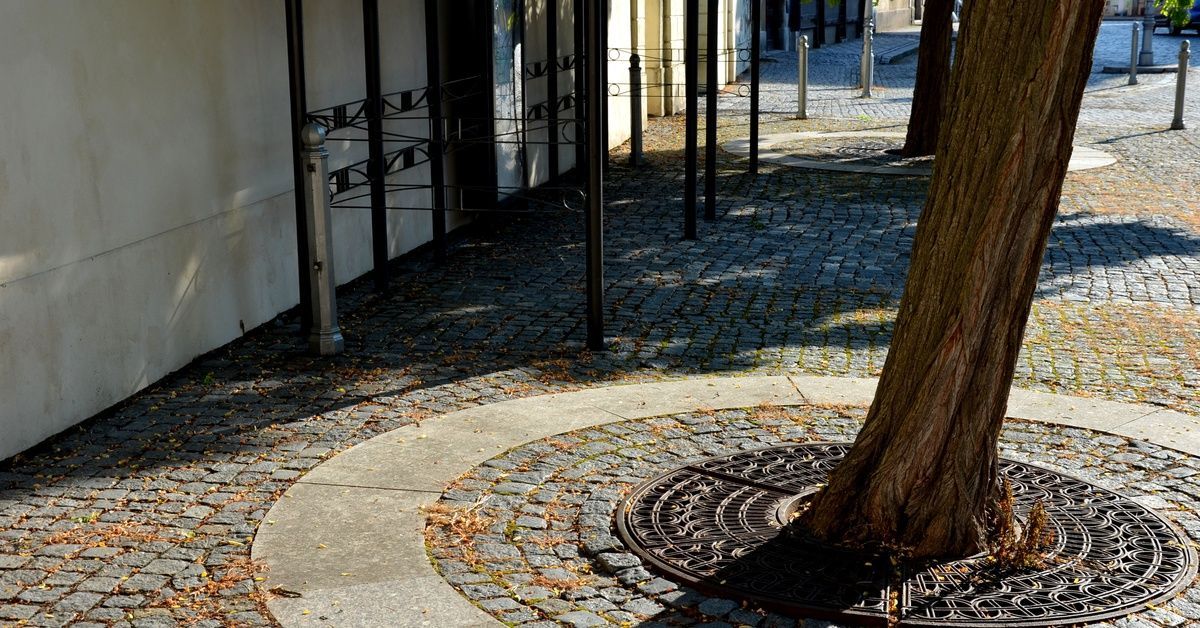
Large-scale projects such as parking lots, pedestrian pathways, and public plazas benefit from permeable paving. Its ability to balance function and sustainability makes it ideal for modern developments.
They also help lower the heat island effect by allowing water to cool the surface naturally. Many municipalities now encourage its use to meet green building regulations and improve stormwater management.
Additionally, specialized solutions such as resin bound tree pits protect tree roots, letting water flow properly to enhance landscaping. Most modern urban spaces and public areas already include them or are actively integrating them.
Environmental and Economic Benefits of Permeable Paving
Permeable paving offers a sustainable way to tackle urban challenges while providing environmental and economic benefits. They reduce water runoff, mitigate urban heat, and promote healthier ecosystems, creating more livable cities.
Below, we highlight the key environmental benefits of permeable paving and how it contributes to a greener future.
Environmental Benefits
Permeable paving removes harmful pollutants, improving the cleanliness of water entering local ecosystems. In addition, permeable materials reduce city surface temperatures by allowing water evaporation, which cools the surrounding air.
Economic Benefits
Adopting permeable paving may involve higher upfront costs compared to traditional options, but the long-term savings make it worthwhile. Conventional drainage networks require extensive repairs and cleaning, but permeable systems eliminate these tasks. Also, municipality leaders and commercial property owners can minimize financial burdens from damage and disruptions by preventing floods.
Challenges of Permeable Paving
- Materials and skilled labor require a higher initial investment than traditional paving methods.
- Regular cleaning is necessary to avoid clogging and ensure the system continues to function as intended.
- Permeable paving systems may be less effective in soils with poor drainage or in extremely cold climates.
Designing Better Urban Landscapes Through Permeable Solutions
The shift from impervious to permeable pavements is an essential move toward sustainable development. By adopting permeable paving in sustainable drainage systems, urban planners and engineers can improve stormwater management while creating more eco-friendly spaces.
With increasing environmental awareness, now is the time to prioritize permeable solutions in commercial projects. They deliver functional benefits and have a necessary positive impact on communities and ecosystems.
Rockpave offers innovative paving solutions designed for sustainable urban development. Our products help reduce flooding risks while enhancing the environmental quality of urban spaces. Contact Rockpave today to explore how our systems can transform your next project.
